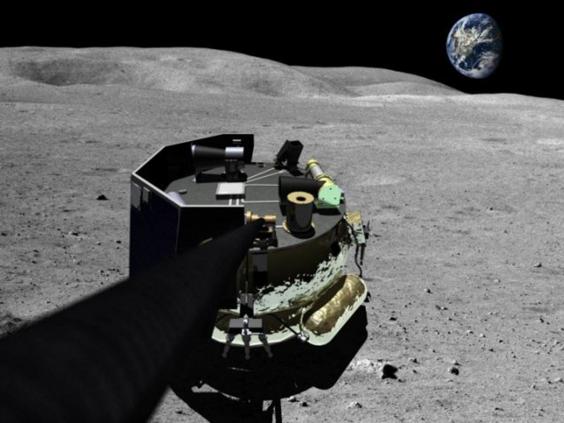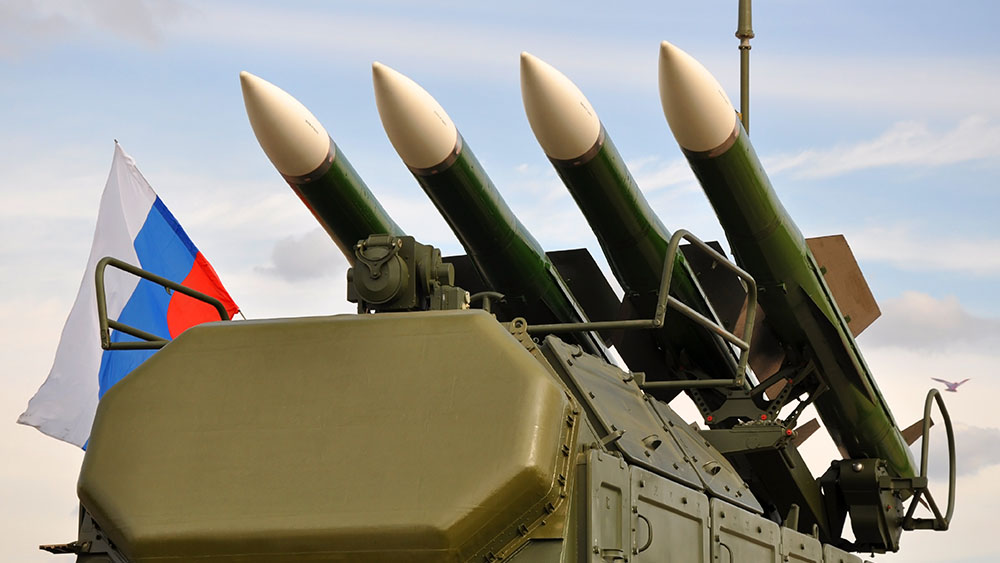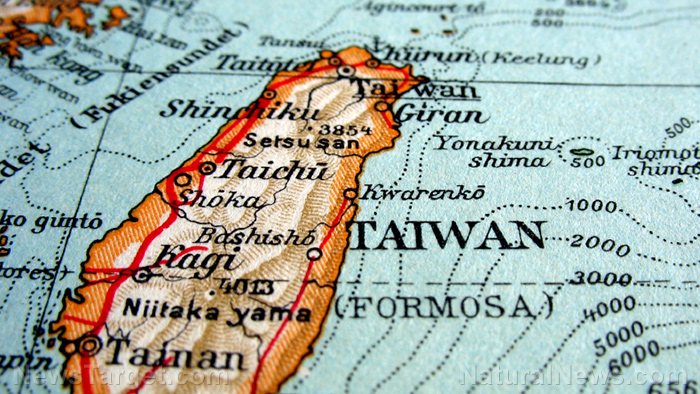
- NASA’s acting administrator, Sean Duffy, unveiled a directive to place a nuclear reactor on the moon by 2030 to support a permanent human presence.
- The reactor would generate 100 kilowatts of energy, addressing lunar power needs where sunlight and solar power are unreliable.
- The White House and NASA face pressure from geopolitical rivals like China and Russia, which are also pursuing lunar infrastructure.
- Critics question the feasibility amid budget cuts and concerns over equitable space cooperation rather than unilateral territorial claims.
- The plan aligns with NASA’s Artemis program, aiming for a lunar landing in 2027, though delays and budget shortfalls threaten the timeline.
Rising tensions in the cosmos: Competing priorities, competing flags
Duffy’s remarks echo Cold War-era space race rhetoric, emphasizing territorial stakes in a domain devoid of a governing body. The moon, unclaimed under the 1967 Outer Space Treaty, has become a focal point for modern rivalries. China and Russia recently announced plans for a lunar power station by 2035, while India and Japan have launched robotic missions targeting the same South Pole region. “National security isn’t confined to Earth anymore,” Duffy said, detailing concerns over rivals “declaring keep-out zones.” His reference to “safety zones” under the 2020 Artemis Accords—signed by 24 nations to govern lunar activities—revealed a divide between collaboration and unilateral claims. While the accords pledge shared access and transparency, critics fear that power infrastructure like reactors could be weaponized into territorial barriers. Dr. Simeon Barber, a planetary scientist at the Open University, warned of escalating tensions: “If a reactor becomes the basis for a ‘keep-out zone,’ this smacks of colonialism in space.” Yet Duffy framed the reactor as an economic enabler, stating, “With enough power, we’ll make the moon a proving ground for Mars—and a hub for industry.”Technical barriers: Can the stars align by 2030?
The reactor’s 100-kilowatt output, equivalent to a typical U.S. home’s 3.5-day usage, pales next to what future human habitats may require. Experts like Professor Lionel Wilson of Lancaster University stress that larger-scale reactors—into the megawatt range—are essential but require “extra booster support” via NASA’s Artemis rocket program. Safety remains another concern. Launching nuclear material faces stringent regulations; any accident during lift-off could have catastrophic Earth-bound consequences. Officials insist the reactor will arrive dormant and be activated on the lunar surface. Proponents argue precedents exist: The Soviet Union tested a reactor on the Moon in 1969, though it failed. Lessons from canceled projects like the U.S. SP-100 program in the 1980s, designed for space reactors, provide technical groundwork, but today’s funding and regulatory environments differ.The Artemis paradox: Back to the moon, but for whom?
Duffy’s comments contrasted current national excitement with fading memories of Apollo: “Everyone knew about Apollo. Artemis? Most don’t.” The sentiment highlights a gap between political priorities and public engagement. The Artemis program, launched in 2019, has faced scrutiny for its opaque goals and delays. A 2027 landing—five years behind the original timeline—exemplifies setbacks. Without simultaneous human missions, a nuclear reactor risks becoming a stranded asset, as Dr. Barber noted: “Power without people is just a monument.” Amid the debate, scientists like Dr. Sungwoo Lim at the University of Surrey acknowledge nuclear’s inevitability for sustained lunar presence: “Solar can’t provide the consistent energy needed for human habitats. It’s not just desirable—it’s logical.”Moonwalking through ambition and caution
The decision to pursue lunar nuclear power reflects both America’s urgent desire to lead and the uncharted political and technical minefields of deep-space competition. While geopolitical concerns fuel the drive, the moon’s future hinges on whether nations prioritize collaborative exploration over zerosum territorial claims. As Duffy put it: “The first ones there win the future.” The question remains whether the U.S.—and humanity—can navigate this next frontier without repeating Earth’s oldest mistakes. Sources for this article include: TheNationalPulse.com Space.com BBC.comHuman eggs defy aging: Study reveals mitochondrial DNA stays remarkably stable over time
By Cassie B. // Share
The court is calling: How pickleball is rewiring brains, one volley at a time
By Lance D Johnson // Share
Texas floodwaters uncover 115-million-year-old dinosaur tracks
By Willow Tohi // Share
Natural Intelligence or Cosmic Destiny? Scientists Challenge Myth of ‘Artificial’ AI
By Finn Heartley // Share
NASA accelerates moon base plans with 100-kilowatt nuclear reactor to outpace China
By Cassie B. // Share
Sea of Galilee turns blood-red, sparking apocalyptic fears – but scientists blame algae
By Ava Grace // Share
A viral video ignites federal firestorm over Minnesota fraud
By willowt // Share
Russia activates "unstoppable" Poseidon tsunami drone
By kevinhughes // Share
Russian FM Lavrov: Moscow will back China on Taiwan issue
By ramontomeydw // Share
The breakfast clock: Why timing your morning meal is a secret weapon against high cholesterol
By jacobthomas // Share
The Health Ranger's New Year Revolution: The ultimate guide to health, wealth and freedom
By kevinhughes // Share
"Absolute Healing" on BrightU: Experts explore COVID-19 as an engineered bioweapon
By jacobthomas // Share











